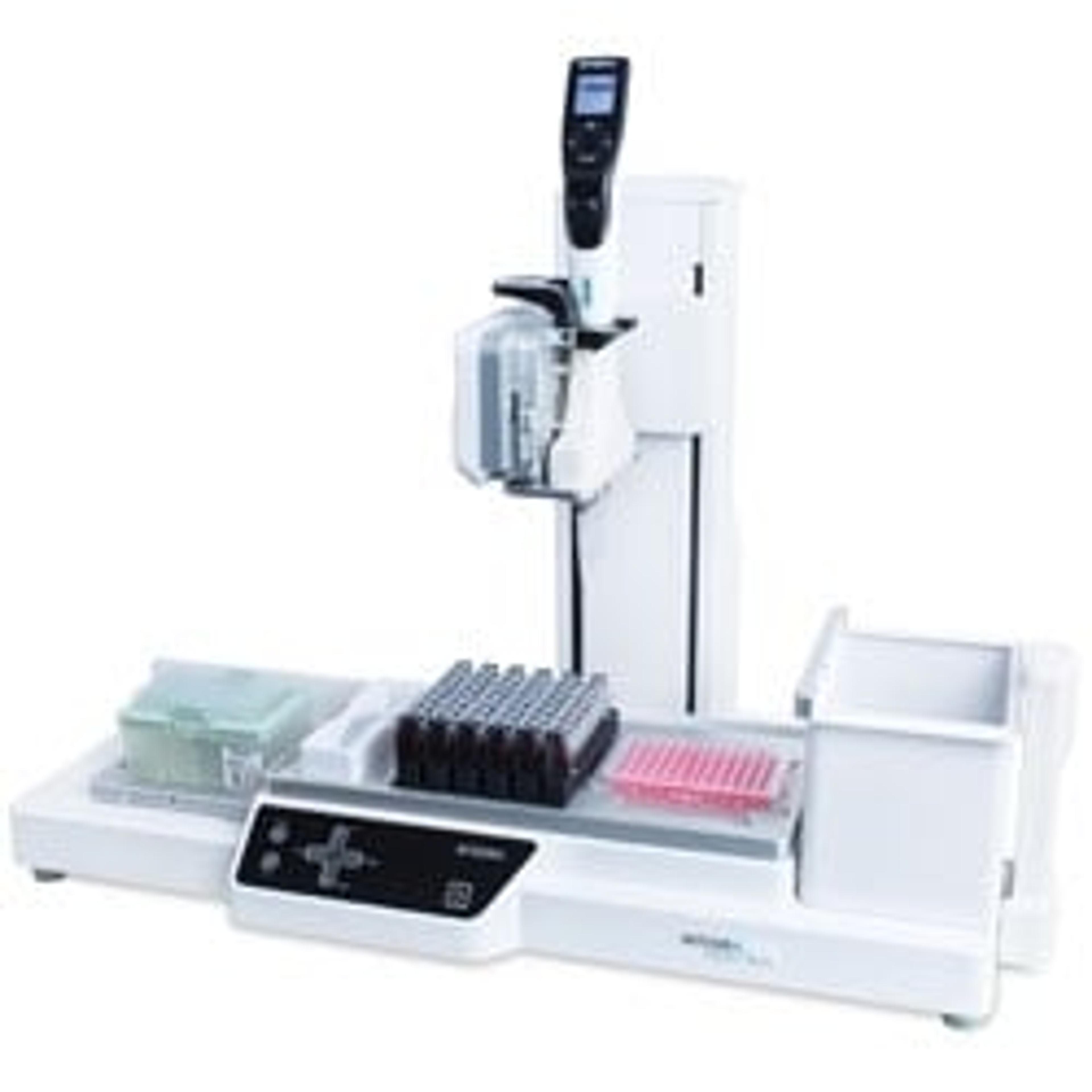INTEGRA Biosciences’ products offer flexibility in the post-pandemic era
Recent survey provides insights into the new uses of pandemic pipetting platforms
27 Mar 2023
Many laboratories purchased pipetting solutions from INTEGRA Biosciences during the COVID-19 pandemic, to help them cope with the high numbers of samples they were receiving every day for PCR testing. Now the pandemic has been brought somewhat under control, labs are once again able to concentrate their efforts on other vital work, but what has become of those pipetting platforms and devices? A recent survey conducted by INTEGRA provides insights into how these systems are finding new uses now that they are no longer needed for COVID-19 testing.
Labs turned to a variety of INTEGRA pipetting systems to help automate and speed up their PCR workflows. These same instruments are now being used in a range of new non-COVID applications, including DNA sequencing, antibiotic resistance investigations, women’s health testing, and the development of novel assays for high prevalence diseases like monkeypox and STIs.
75% of the labs participating in the survey purchased an ASSIST PLUS. They chose this pipetting robot for greater flexibility through the automation of multichannel pipettes. The newly launched D-ONE single-channel pipetting module also allows the platform to perform tasks requiring only a single channel, effectively processing tedious tasks, such as serial dilutions, sample normalization, hit picking, or pipetting of complex plate layouts with minimal hands-on time.
The main benefit of automation with the ASSIST PLUS and the VOYAGER cited in the survey was the ability to reduce errors for greater consistency, accuracy, and reproducibility of results. In addition, automating laborious and time-consuming liquid transfer steps means that fewer staff are needed to process more specimens, enhancing lab throughput. Based on these positive experiences, 92 % of customers plan to use their pipetting robot for additional applications in the years to come – including allergy and infectious disease testing, pharmacogenomics, targeted genome sequencing, and research into antimicrobial resistance – enhancing their workflows and ensuring they are adaptable to the diagnostic needs of the future.

